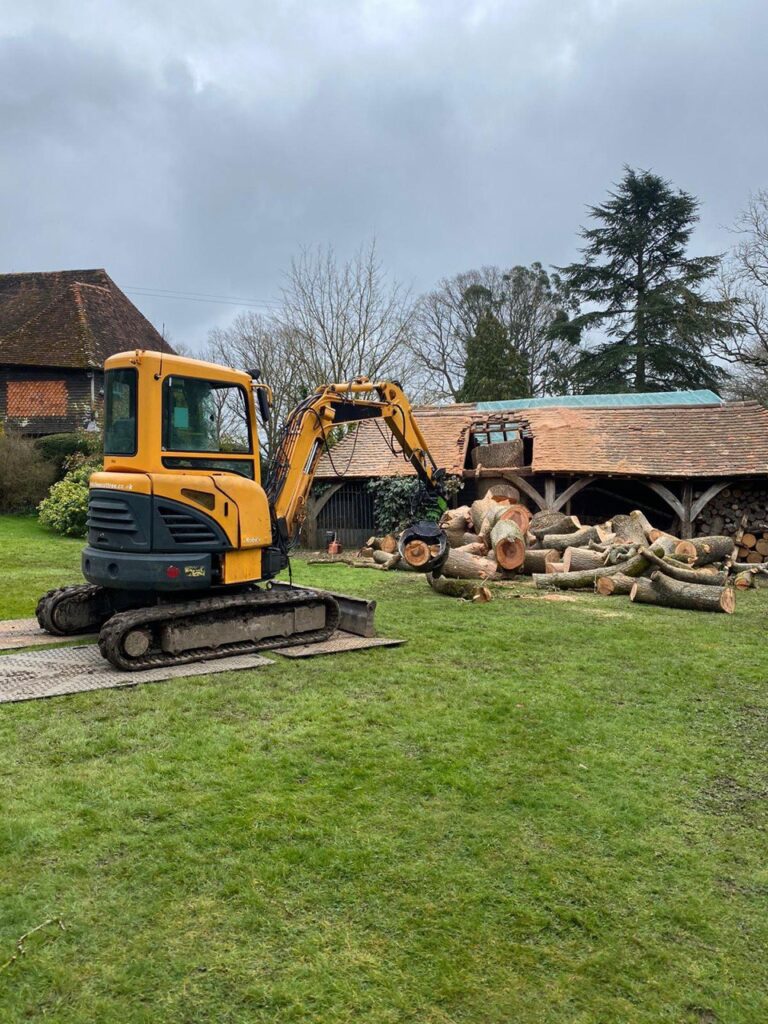Pruning Trees in Drought Conditions: Dos and Don’ts
Introduction: Drought conditions can be challenging for both trees and their caretakers. During periods of water scarcity, it’s crucial to adapt your tree care practices to ensure the health and vitality of your trees. One essential aspect of tree maintenance during drought is pruning. This blog post will explore the dos and don’ts of pruning trees in drought conditions.
Dos:
- Assess the Tree’s Health: Before you start pruning, assess the tree’s overall health. Determine if it’s suffering from drought stress, which can manifest as wilting leaves, browning or yellowing foliage, and reduced growth.
- Prioritise Dead or Dying Branches: Focus on first removing dead, diseased, or dying branches. These branches are not benefiting the tree and should be removed to conserve the tree’s energy.
- Limit Pruning: During drought, limiting the extent of pruning is best. Only remove branches that are necessary for safety reasons or those that are severely damaged. Avoid heavy or unnecessary pruning, as it can stress the tree further.
- Prune in Early Spring or Late Fall: Schedule your pruning during early spring or late fall when the weather is cooler and moisture levels are typically higher. Avoid pruning during the hottest and driest months of summer.
- Use Proper Pruning Techniques: Make clean cuts outside the branch collar (the swollen area where the branch meets the trunk) to minimise disease risk. Use sharp,
well-maintained tools to ensure clean cuts.
Don’ts:
- Avoid Heavy Pruning: Heavy pruning can stress the tree excessively, especially during a drought. It can lead to increased water loss through cut surfaces and further weaken the tree.
- Don’t Remove Healthy Branches: Avoid removing healthy branches, especially large ones, as this can reduce the tree’s ability to photosynthesise and produce energy.
- Skip Pruning if the Tree is Severely Stressed: If a tree is already severely stressed due to drought, it’s best to postpone pruning until it has recovered. Pruning during extreme stress can be detrimental to the tree’s survival.
- Don’t Prune in Hot Afternoons: Avoid pruning during the hottest part of the day when temperatures peak. Pruning during these times can increase the risk of water loss and heat stress for the tree.
- Neglect Watering: Pruning alone may not help a tree cope with drought. It’s essential to provide supplemental watering to ensure the tree’s hydration during dry spells.
Conclusion: Pruning trees during drought conditions requires careful consideration and restraint. While addressing safety issues and removing dead or dying branches is important, excessive or ill-timed pruning can further stress an already struggling tree. Prioritise the tree’s overall health, provide supplemental watering as needed, and consult a professional tree surgeon or arborist for guidance on tree care during droughts. With the right approach, you can help your trees withstand challenging dry periods and promote their long-term health and resilience.
Call us on: 01603 361 093
Click here to find out more about Wroxham Tree Surgeons
Click here to complete our contact form and see how we can help with your tree’s needs.

